It’s a pragmatic solution to an incredibly urgent problem – how to immunise very large numbers of people at risk from a rampaging variant of Covid-19 in the shortest possible time. The answer that government advisers have come up with is to give them all – more than 20 million of them – a single shot of the Oxford/AstraZeneca vaccine so that they have some protection and postpone the second dose to three months afterwards, when hopefully there will be plenty of vaccine available for boosters.
How well does the Oxford vaccine work? What we know so far
Read more
The approval of the Oxford/AstraZeneca vaccine by the Medicines and Healthcare products Regulatory Authority (MHRA) has been greeted with huge enthusiasm and acclaim – rightly, because the inexpensive, easy-to-use vaccine could help end the pandemic worldwide.
But as the UK prepares to roll out millions of first shots of the vaccine – ahead of Europe and the United States, which are both seeking more data – questions are already being asked about the way it will be used.
It’s not about safety. Experts all agree this is a safe vaccine. But the MHRA, together with the expert government advisers on the Joint Committee on Vaccination and Immunisation (JCVI), have delivered a big surprise in backing two shots up to 12 weeks apart for not only the Oxford/AstraZeneca vaccine but also the Pfizer/BioNTech vaccine already in use.
This schedule was not what was trialled, as Pfizer/BioNTech immediately pointed out. Their phase 3 final trial showed people began to be protected from 12 days after one vaccination – but nearly all were given two shots within three weeks. “There are no data to demonstrate that protection after the first dose is sustained after 21 days,” the company said.
The MHRA and JCVI appear to be extrapolating from data in a small subset of people taking part in the Oxford/AstraZeneca trial in the UK. Famously, in this group of fewer than 3,000 people (and for scale, Pfizer/BioNTech did one international trial involving 43,000 people) efficacy was 90%.
This was down to an unintentional error. The first dose they were given was a half-dose. That appeared to work better than two full doses – which gave 62% efficacy in a trial of more than 11,000 people.
But now the MHRA has rejected that 90% efficacy finding as not standing up to analysis and come up with a different one. In the small group, many people had their second shot later than usual – up to 26 weeks later in some cases – and in those who had it by 12 weeks, efficacy reached 70%. Prof Andrew Pollard, a JCVI member, told the Guardian it was not surprising: “If you have a longer gap between that first and second dose, then the strength of the booster tends to be stronger. So that’s not a surprise or unusual. That’s what we see with almost every other vaccine that’s ever been tested.”
But the changing interpretation of what was going on adds to the sense of confusion. And there are other questions. What happens if you wait longer than 12 weeks for the second shot? Are people less likely to carry through and get their second dose after three months of feeling fairly well protected? In the case of the Pfizer/BioNTech vaccine, what happens if there are not enough supplies to give people a second shot? That vaccine has been approved in Europe and the US and is in demand worldwide.
The vaccine miracle: how scientists waged the battle against Covid-19
Read more
The UK is once more first out of the traps and will be finding out the answers to these questions on its own. Neither the US nor Europe is rushing to evaluate the Oxford/AstraZeneca vaccine. The Food and Drug Administration in the US is waiting for the results from ongoing trials there, which should also answer another important question for which there is limited data – as to how well it works in the elderly.
The European Medicines Agency says it is also assessing “evidence on its efficacy and safety coming from several ongoing clinical trials” and pondering the answers to questions it asked AstraZeneca over Christmas.
There is no doubt that Oxford/AstraZeneca’s is a good vaccine that is desperately needed. Critically, said Pollard, “from three weeks after the first dose, we’re not seeing anyone who’s vaccinated admitted to the hospital or developing severe disease”. But questions need to be answered and there must be great care over the way the vaccines are used if the public is to have the confidence in them that we all need to end the pandemic.

















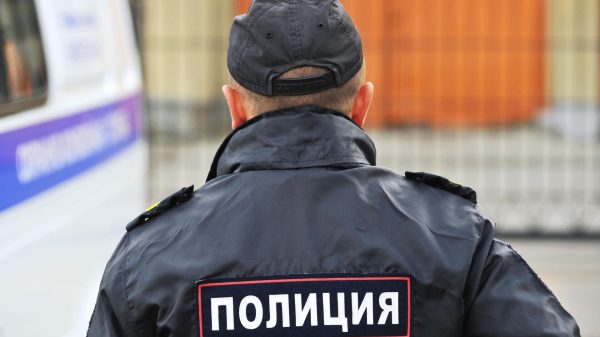

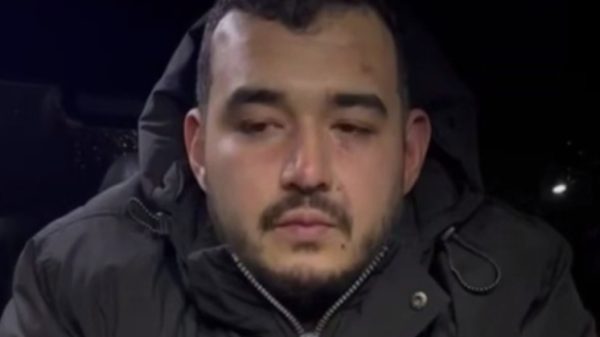
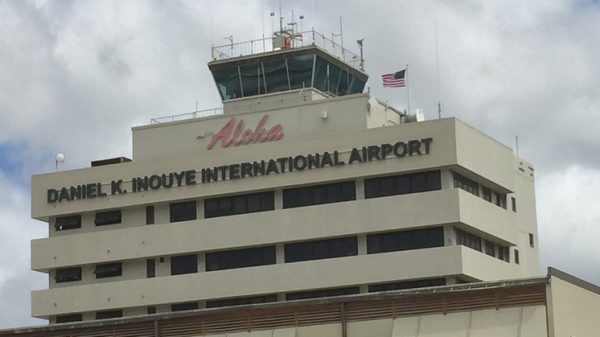

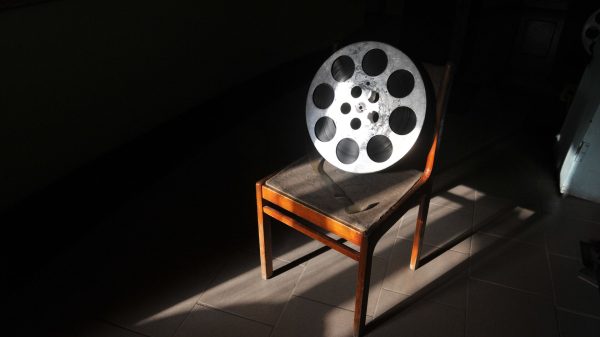


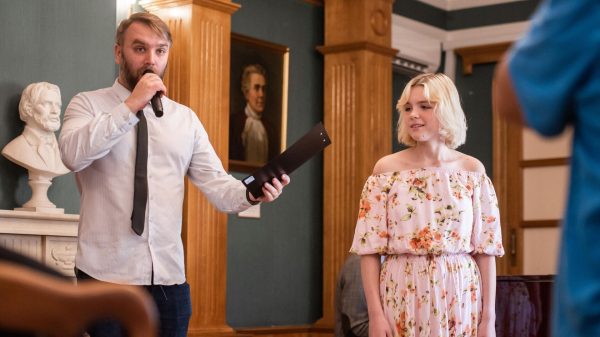

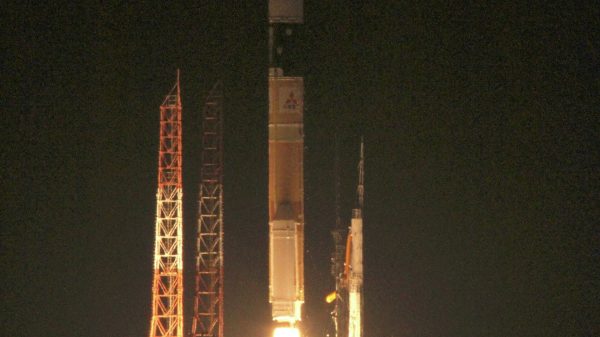



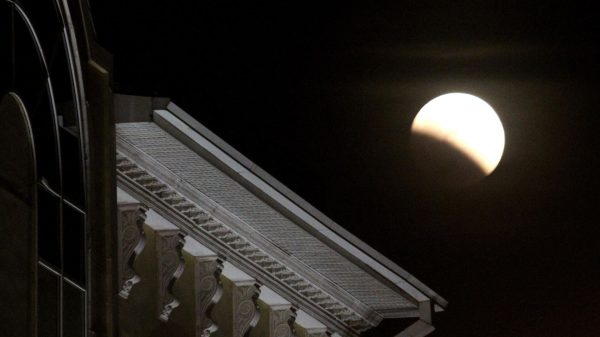





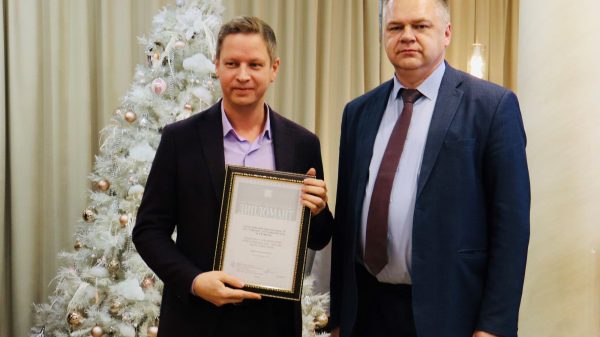


























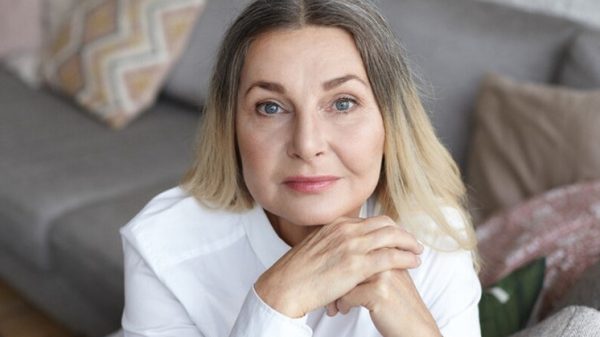
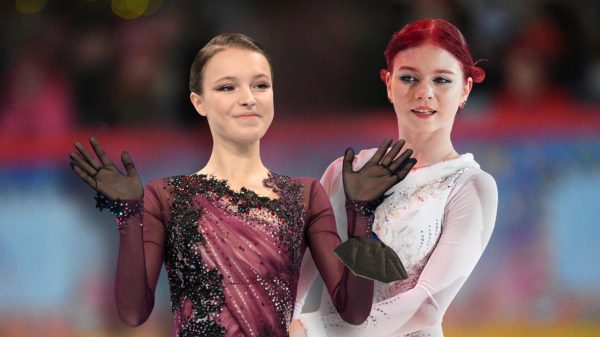

Свежие комментарии